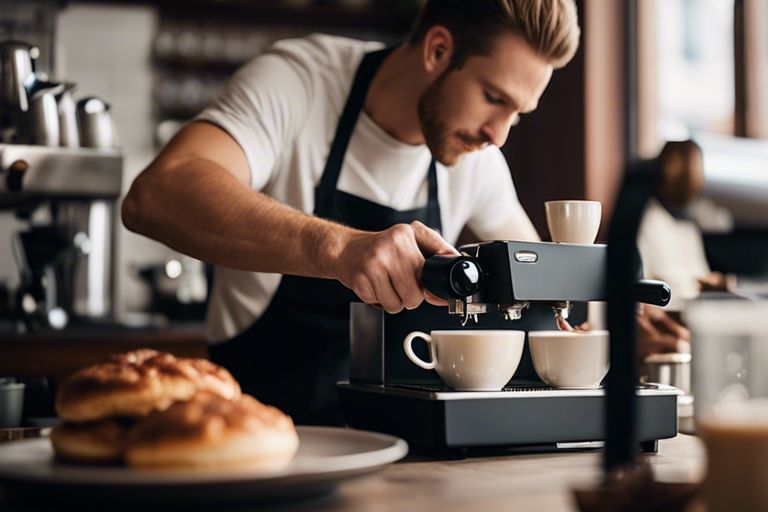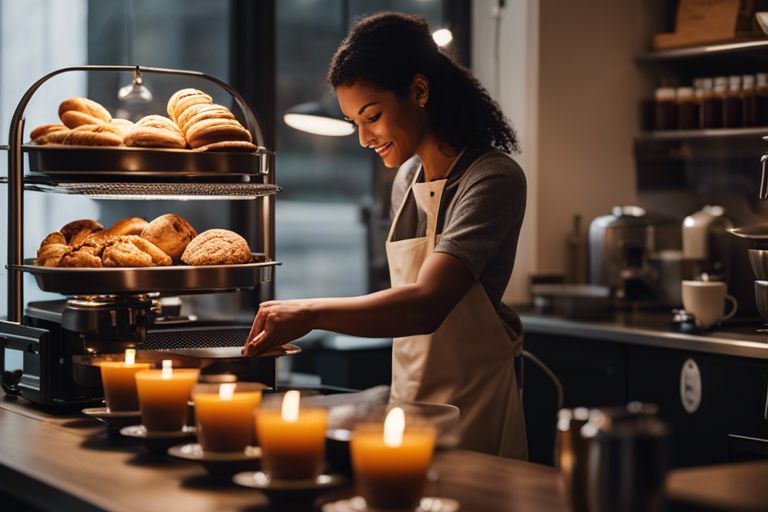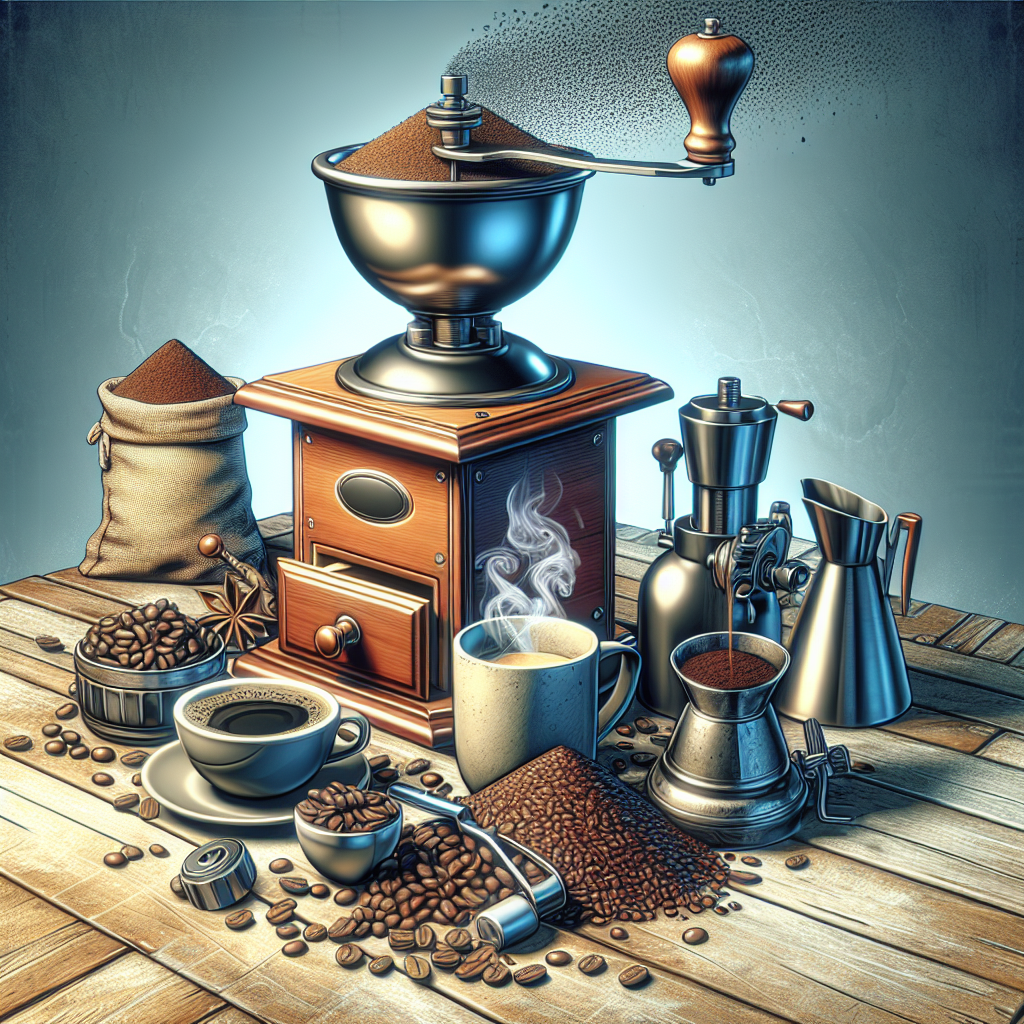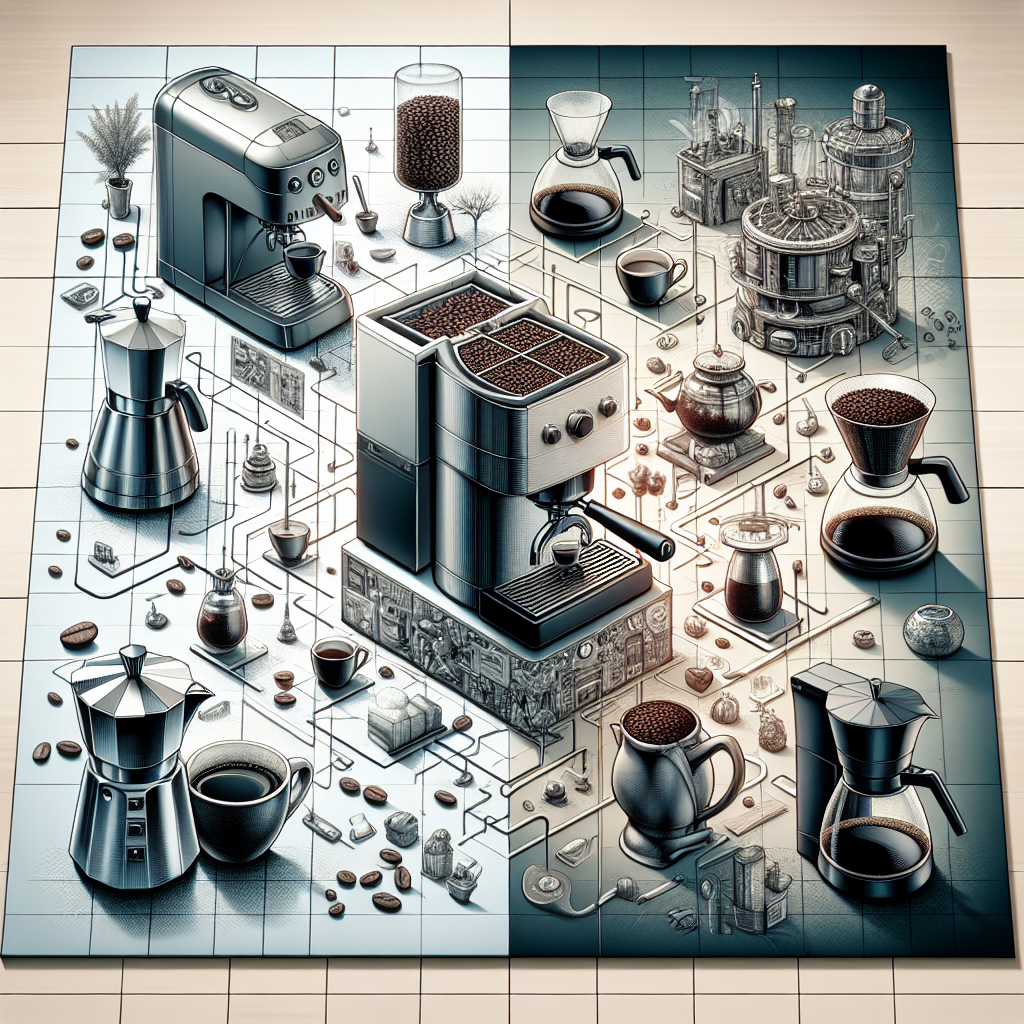It’s a simple task to master the art of crafting a perfect flat white, a popular coffee beverage that originated in Australia and New Zealand. This creamy and velvety drink, made with a double shot of espresso and silky microfoam milk, is a favorite among coffee enthusiasts. With just a few precise steps and some practice, you can enjoy a cafe-quality flat white from the comfort of your own home. Here’s how to do it right.
Key Takeaways:
- Use the right coffee: Start with a double shot of espresso made from freshly ground coffee beans.
- Perfect milk texture: Steam milk until it’s velvety, with a glossy sheen, and no visible bubbles.
- Master the pour: Slowly pour milk over the espresso, creating a beautiful pattern on top without mixing the layers.
The Essentials
Quality Coffee Beans
To make a perfect flat white, the first and most important ingredient you need is quality coffee beans. The flavor profile of your coffee will depend largely on the beans you use, so it’s important to choose wisely. Look for beans that are fresh and have been recently roasted to ensure a rich and robust flavor in your flat white.
The Right Milk
Right milk makes all the difference in a flat white. The ideal choice for a velvety microfoam texture is full-fat milk, such as whole milk or even barista-specific milk, which has higher fat content. Skim milk can also be used for a lighter version, but keep in mind that it may not create the same creamy consistency that is characteristic of a traditional flat white.
When steaming milk for your flat white, the key is to create a silky and velvety texture by heating and frothing the milk properly. This will ensure that the milk blends seamlessly with the espresso, resulting in a smooth and satisfying flat white.

Equipment Matters
Espresso Machine
Espresso machines are the heart of any coffee shop, and a crucial piece of equipment when making a flat white. They are used to extract the espresso shot, which forms the base of the drink. Assuming you have a good quality espresso machine, you will want to ensure it is properly calibrated and maintained to achieve the perfect shot of espresso for your flat white.
Steam Wand
For steaming the milk for a flat white, you will need a steam wand attached to your espresso machine. The steam wand is used to heat and froth the milk, creating the velvety texture that is characteristic of a flat white. To achieve the ideal microfoam consistency, you will need to position the steam wand just below the surface of the milk and angle it slightly off-center to create a whirlpool effect.
Pitcher and Thermometer
With a stainless steel milk pitcher and a thermometer, you can ensure that the milk is heated to the perfect temperature for a flat white. The pitcher allows you to properly steam the milk by giving you control over the swirling motion, while the thermometer helps you monitor the temperature to prevent overheating or scalding the milk. To achieve the ideal temperature, you will want to heat the milk to around 140-150°F (60-65°C).

Pulling the Perfect Shot
Not all shots of espresso are created equal. To pull the perfect shot for your flat white, you need to pay attention to every detail in the process. From tamping the coffee grounds to monitoring the flow of the espresso, each step plays a crucial role in creating the rich and balanced flavor profile that defines a great flat white.
Tamping the Coffee Grounds
With a firm and consistent hand, press down on the coffee grounds in the portafilter using a tamper. The goal is to create a level and compact bed of coffee that allows for even extraction. Tamping too lightly can result in under-extraction, while tamping too firmly can lead to over-extraction, both of which can impact the flavor of your espresso.
Extracting the Espresso
Perfect extraction is key to pulling a great shot of espresso. The water should run through the compacted coffee grounds at just the right pressure and for the optimal amount of time. This process extracts the flavors and oils from the coffee, creating a rich and aromatic espresso that forms the base of your flat white.
Tamping the coffee grounds properly and extracting the espresso at the right pressure and timing are important steps in creating a balanced and flavorful shot for your flat white. Pay close attention to these details to ensure that your espresso sets the perfect foundation for your drink.
Monitoring the Flow
Any deviation in the flow of the espresso can indicate potential issues with the extraction process. Ideally, the espresso should flow steadily in a thin, golden stream, resembling honey. If the flow is too fast, the espresso may taste weak and watery, while a slow flow can lead to bitterness. Adjusting the grind size or tamping pressure can help correct these issues and ensure a balanced extraction.
Monitoring the flow of the espresso is a crucial step in pulling the perfect shot for your flat white. By paying close attention to the flow rate and making adjustments as needed, you can fine-tune the extraction process to achieve the ideal balance of flavors in your espresso.
Steaming the Milk
Once again, steaming the milk is a crucial step in making a perfect flat white. This process involves creating microfoam by steaming and texturing the milk to achieve a velvety, smooth consistency.
Purging the Steam Wand
On purging the steam wand, it is necessary to release any condensation or milk residue by briefly turning on the steam wand before steaming fresh milk. This ensures a clean and uncontaminated frothing process.
Heating the Milk
On heating the milk, it is important to use cold milk, as it allows for better steaming and texturing. Heat the milk until it reaches around 150°F (65°C) to 155°F (68°C) for the ideal temperature to enhance the flavor and texture of the flat white.
With the right temperature for the milk, you can achieve a creamy and velvety texture that is necessary for a perfect flat white.
Texturing the Microfoam
Milk texturing involves incorporating air into the milk while simultaneously heating it to create microfoam. The goal is to achieve a glossy and silky texture that enhances the overall experience of the flat white.
Plus, mastering the art of texturing the microfoam can elevate the taste and appearance of your flat white, providing a delightful balance of coffee and creamy milk in every sip.
Combining the Espresso and Milk
Holding the Pitcher at an Angle
After pulling the perfect shot of espresso, it is time to combine it with the steamed milk to create the luscious flat white. With the pitcher in hand, tilt it slightly at a 45-degree angle. This angle allows for better control and helps the milk mix smoothly with the espresso.
Pouring the Steamed Milk
With the steamed milk ready, pour it into the espresso in a steady and controlled stream. Aim to pour from the middle of the cup to create a beautiful marriage of espresso and milk. The key is to pour slowly to control the flow and achieve the ideal balance of flavors in your flat white.
During this process, you can also start to create intricate patterns on the surface of your flat white, adding a touch of artistry to your drink. This step requires practice and a steady hand to achieve the desired designs.
Creating the Flat White Design
Combining the espresso and milk is where the magic truly happens. As you pour the milk into the espresso, you can start to create a design on the surface of your flat white. By adjusting the angle of the pour and the speed of the stream, you can make patterns like hearts, leaves, or even simple swirls.
This final step adds not only visual appeal to your flat white but also enhances the overall drinking experience. A beautifully crafted design shows attention to detail and care in preparing the perfect flat white for your enjoyment.
Tips and Variations
For those looking to add a personal touch to their flat white, there are a few tips and variations to consider. Here are some ways to experiment and enhance your flat white experience.
Experimenting with Ratios
- Any slight adjustment in the ratio of espresso to milk can drastically change the flavor profile of your flat white.
- Try increasing the amount of milk for a creamier texture or reducing it for a stronger coffee flavor.
Adjusting the Grind
Ratios aren’t the only variable you can play with when making a flat white. The grind of the coffee beans also plays a crucial role in the final taste of your drink.
It’s necessary to experiment with different grind sizes to find the perfect balance between extracting the flavors from the beans without over or under-extracting them.
Adding Flavorings or Sweeteners
Sweeteners can be added to your flat white to enhance its taste. You can experiment with various sweeteners such as sugar, syrups, or even alternative options like honey or agave nectar.
Tips: To add an extra layer of flavor to your flat white, consider adding a sprinkle of cinnamon, a dash of vanilla extract, or a hint of caramel syrup to make your drink even more delightful.
To wrap up
Taking this into account, mastering the art of making a flat white requires attention to detail and precision. From choosing the right coffee beans to steaming the milk to the perfect texture, every step plays a crucial role in creating the perfect balance of espresso and velvety milk in a flat white. By following these steps diligently, you can enjoy a delicious flat white right in the comfort of your own home.
FAQ
Q: What is a flat white?
A: A flat white is a popular espresso-based coffee drink that originated in Australia and New Zealand.
Q: What are the key differences between a flat white and a latte?
A: The main difference between a flat white and a latte is the ratio of coffee to milk. A flat white has a higher coffee-to-milk ratio and a velvety texture.
Q: How do you make a flat white?
A: To make a flat white, you need to start with a double shot of espresso and steamed milk. Pour the milk over the espresso in a circular motion to create a smooth, velvety texture.
Q: What type of milk should I use to make a flat white?
A: For the best results, use whole milk when making a flat white. The higher fat content in whole milk helps create a creamy texture that complements the espresso.
Q: Can you add flavorings to a flat white?
A: While traditional flat whites are made with just espresso and steamed milk, you can add flavorings like vanilla or caramel syrup if desired. Just be mindful not to overpower the delicate balance of flavors in the drink.
What are the best coffee regions in the world








